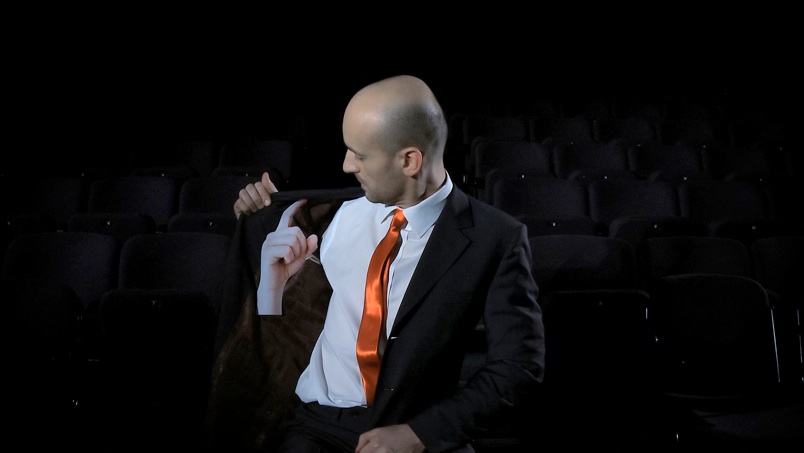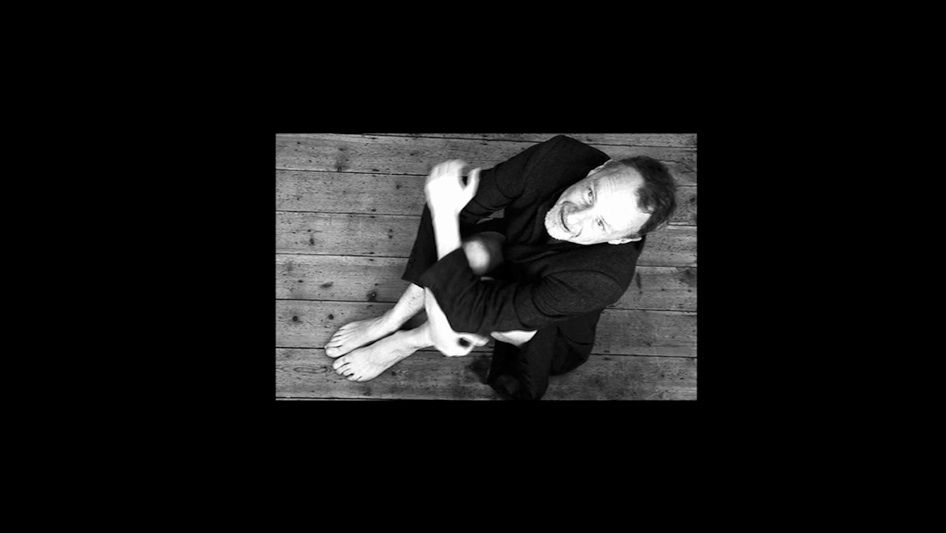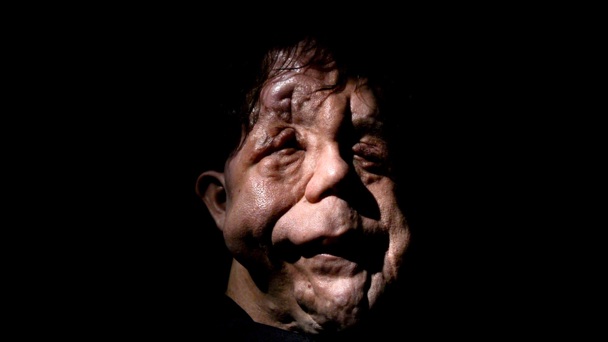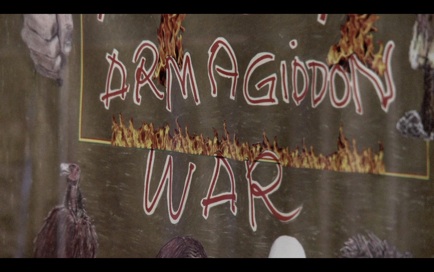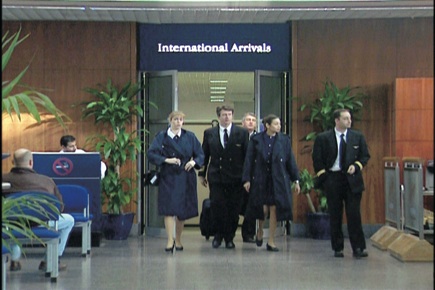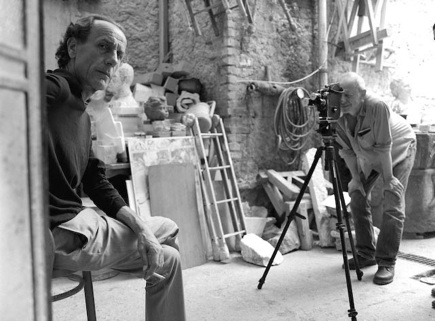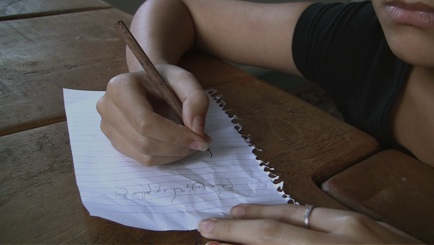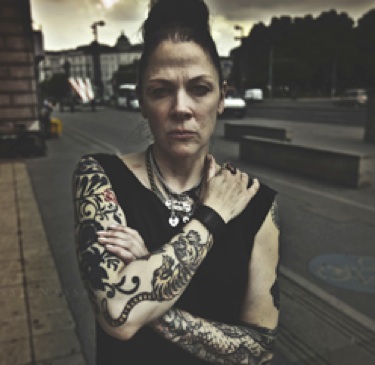NOT ANOTHER FESTIVAL !
There is an ever-growing list of new arts festivals both nationally and internationally. A phenomenon that shows there is a gap in several markets. The advantage to festivals is that they are normally instigated and are driven by enthusiasts and practioners. The Strangelove festival is a result of many years of discussions about ideas, location, funding and possible partners. The idea for the festival hosted by Central Saint Martins began with a discussion between Mark Dunhill, Dean of Art at CSM, David Gryn, director of Artprojx and the artist Terry Smith. The result is a unique collaboration between three different organizations, Artprojx, workinprogress and Central Saint Martins, which all bring specific skills, attributes and histories. David Gryn established Artprojx over a decade ago to showcase artists moving image, and has presented work worldwide. Current projects include Curator, of Film and Sound at Art Basel in Miami Beach. Workinprogress established in 2007 by Clare Fitzpatrick and Terry Smith has supported experimental practice and created projects in the UK and internationally. Current projects include Venice Agendas 2015.
In the 1960’s St Martins became an important centre for the development of experimental film influenced and informed by both Fine Art and Design practitioners. Reflecting on this tradition Strangelove sets out to explore how Moving Image has increasingly been adopted and expanded across different disciplines, and become a ubiquitous aspect of our everyday experience.
The emphasis and focus for this edition is the Moving Image. The central theme for the festival at large is to bring together under one roof all the many different ways that time based media and the practice of art encompasses an interest, passion and curiosity that goes way beyond the media itself. Art is not made in isolation and the cross fertilization of ideas, techniques and source material is something that this festival will explore and celebrate. In screenings, workshops, discussions and events we will touch on as many different routes as possible, knowing full well, that there will be many stones unturned and many works not shown and many artists not represented, but this is after all just the first edition. The festival is also a catalyst for other voices. It will include as part of the schedule a series of fringe events, organized and designed by students.
Occupying spaces across the campus and its immediate locale, Strangelove will engage visitors in workshops, symposia and talks, screenings, installations, pop-ups and ‘in progress’ events creating opportunities for new collaborations and cross-disciplinary dialogues and provoking dynamic and unlikely juxtapositions.
Alongside screening work by new and emerging artists and designers, Strangelove will also feature prominent international artists, designers, directors, screen-writers and performers and looks set to be a refreshing and challenging new approach to Moving Image Festivals.
The festival is spread over a five day period, with specific themes for each day, which include performance, design, documentary, identity, site and place as well as a number of international perspectives, works from around the world, these include a special programmes on works from Scandinavia, the Middle East and China.
The programme is designed to include as many different voices as possible with some of the programs out sourced to independent artists and curators, these include two in focus events that bring special attention to an artists work. The first is a critical examination of the work of American film maker Robert Foire, who photographed the first film that Di Niro appeared and also documented work in the sixties and seventies of the art scene in NY that include Smithson’s Spiral jetty. This programme is curated by Lisa Le Fauvre, head of the Henry Moore Foundation. There are also programmes curated by Live Art Development Agency. Staff at Central Saint Martins, themselves eminent in the field of moving image will also make a huge contribution to the overall programme of screening, talks and discussions.
Artists showing at the festival include, Steve McQueen, Iain Forsyth and Jane Pollard, Sam Taylor Wood, Isaac Julian, Douglas Gordon, as well as artists that include Dan Graham, Paul McCarthy, Bruce Nauman as well as a special focus on the influence of many woman including: Dara Birnbaum, Joan Jonas, Martha Rosler, Susan Hiller Babette Mangolte, Yvonne Rainer, Trisha Brown, Martha Graham.
Strangelove intends to show how all these different and diverse elements actually inform each other and the many screenings, discussions and seminars and workshops are designed to encourage this crossover firstly within the student body, but also open this debate to community at large. The festival is open to everyone to participate and to come and see the diversity within the theme for this edition, the moving image. There will be sound works, acting workshops, performances and programmes dedicated to documentary, as well as looking at historical works to give a context to current practice within the moving image.
-
•We will also be looking at new platforms of the presentation of the moving images, via social networks and a major discussions on key elements.
-
•There will also be open platforms for artists to bring their works to the festival and by-pass editorial control and present their work to the public.
-
•There will also be a fringe element, these are events where spaces around the college and outside the campus are available for new unprogrammed events.
-
•There will be an exhibition/screening daily in the Letherby Gallery that explores some of the different areas covered in the festival as a whole.
-
•In the Studio Theatre there will be daily screenings which cover the days mini themes.
-
•The festival is over a five day period
ART INTO CINEMA AND BACK AGAIN
ART INTO CINEMA.......
The irregular and often parallel history of video art, experimental film and mainstream cinema have become somewhat blurred in recent years as there has been a steady flow of artists crossing the border and working with the conventional cinema experience. Artists like Yvonne Rainer in the sixties and in the mid nineties, Julian Schnabel and of course more recently with artists like Steve McQueen, Sam Taylor Wood and Iain Forsyth, Jane Pollard. This section presents work by artists who have made that leap. Why is this happening and how it will affect video art is an interesting question. Staff and students at CSM will be fully engaged to explore and discuss this idea.
Conventional film operates under a different set of conditions, target audiences, the collaborative nature and the more complex nature of its construction. But with the blurring of the boundaries what are the new challenges. This topic will be followed up in discussion and events dealing with new technology. Now that almost everyone carries a video camera, what are the new platforms for presenting work. We will also be linking this area with documentary film and will pursue this issue with the filmmaker and producer Christine Cynn whose recent film The Art of Killing was nominated for an Oscar. Her new work is a documentary that will be exhibited on-line only.
......AND BACK AGAIN
PERFORMANCE
The history of performance art and the moving image have both developed and have a shared history. Performance art is an intimate experience and by its nature, being a live event has a very small actual audience. Film was used very early on as a way first to record and then to present another aspect and added to the audience experience as well has exploring how film its self is evidence of a different kind of performance. Works like Joan Jonas, Song Delay has been influential. However because museums and collection has been very slow in responding or even considering performance art and performance on film it is only now that the area is being properly discussed. YOUTUBE has become a major player in this as it has become on of the principle libraries where performance art can be seen. This section also has a special attention to the cross over between the different modes of performance, from theatre, dance as well as how the artist themselves have become the subject. In Performance art it is often the body it self as the raw material. This differs from theatre and film, where the main tool is narrative in form and of course literary based.
Many male performance artists turned the practice away from the small audience work and embraced other more commercial media, artists like Richard Serra, Chris Burden and to some degree Bruce Nauman. It was many of the female artists that stuck with performance and video art have been largely unrecorded in art history, a history that is as we speak being hurriedly being re-written.
